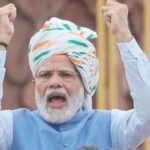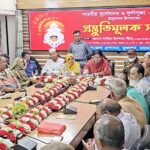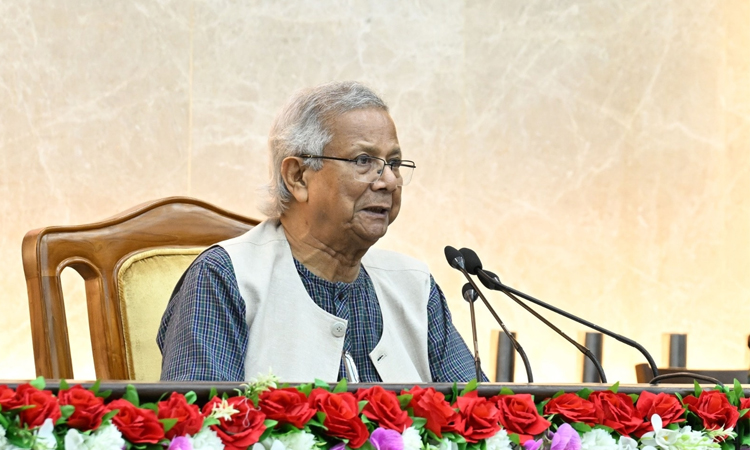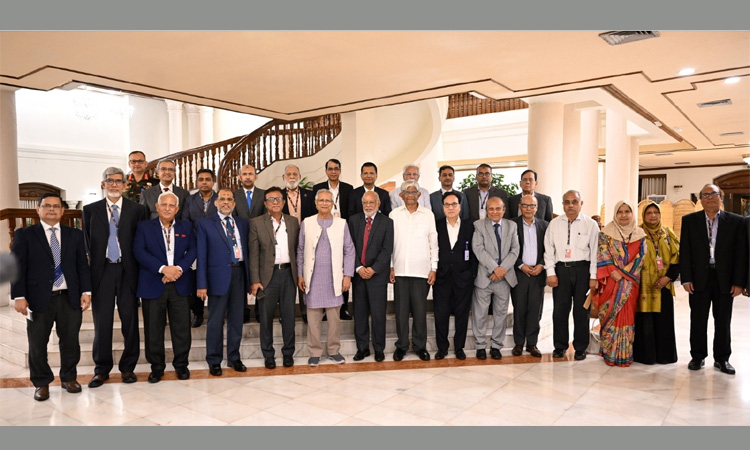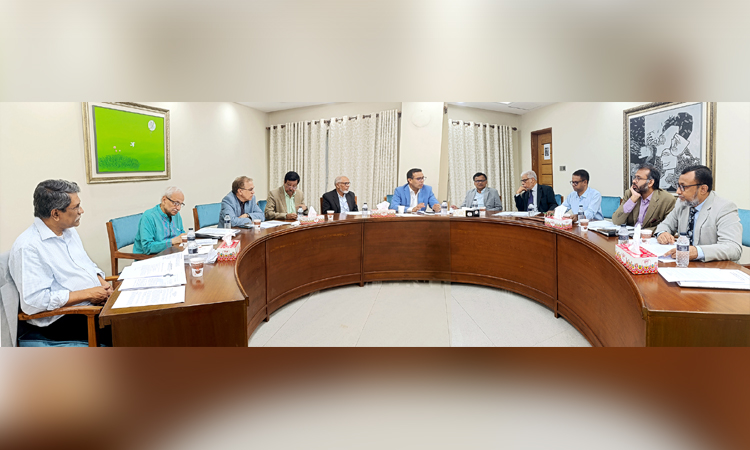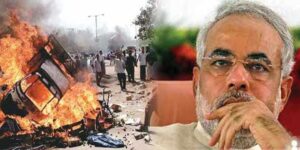 Md Nazrul: 21 years after anti-Muslim violence in Gujarat, the victims are still haunted by their memories – and the parallels they see today. In the aftermath of the violence, it became clear that many attacks were focused not only on Muslim populations, but also on Muslim women and children. Organizations such as Human Rights Watch criticised the Indian government and the Gujarat state administration for failure to address the resulting humanitarian condition of victims who fled their homes for relief camps during the violence, the “overwhelming majority of them Muslim.” According to Teesta Setalvad on 28 February in the districts of Morjari Chowk and Charodia Chowk in Ahmedabad of all forty people who had been killed by police shooting were Muslim. An international fact-finding committee formed of all women international experts from US, UK, France, Germany and Sri Lanka reported, “sexual violence was being used as a strategy for terrorizing women belonging to minority community in the state.”
Md Nazrul: 21 years after anti-Muslim violence in Gujarat, the victims are still haunted by their memories – and the parallels they see today. In the aftermath of the violence, it became clear that many attacks were focused not only on Muslim populations, but also on Muslim women and children. Organizations such as Human Rights Watch criticised the Indian government and the Gujarat state administration for failure to address the resulting humanitarian condition of victims who fled their homes for relief camps during the violence, the “overwhelming majority of them Muslim.” According to Teesta Setalvad on 28 February in the districts of Morjari Chowk and Charodia Chowk in Ahmedabad of all forty people who had been killed by police shooting were Muslim. An international fact-finding committee formed of all women international experts from US, UK, France, Germany and Sri Lanka reported, “sexual violence was being used as a strategy for terrorizing women belonging to minority community in the state.”
It is estimated that at least 250 girls and women were gang raped and then burned to death. Children were force fed petrol and then set on fire, pregnant women were gutted and then had their unborn child’s body shown to them. In the Naroda Patiya mass grave of ninety-six bodies, forty-six were women. Rioters also flooded homes and electrocuted entire families inside. Violence against women also included them being stripped naked, violated with objects, and then killed. According to Kalpana Kannabiran the rapes were part of a well-organized, deliberate and pre-planned strategy, and which facts place the violence into the categories of political pogrom and genocide.[83][84] Other acts of violence against women included acid attacks, beatings and the killing of women who were pregnant. Children were also killed in front of their parents. George Fernandes in a discussion in parliament on the violence caused widespread furor in his defense of the state government, saying that this was not the first time that women had been violated and raped in India.
Children were killed by being burnt alive and those who dug the mass graves described the bodies interred within them as “burned and butchered beyond recognition.” Children and infants were speared and held aloft before being thrown into fires. Describing the sexual violence perpetrated against Muslim women and girls, Renu Khanna writes that the survivors reported that it “consisted of forced nudity, mass rapes, gang-rapes, mutilation, insertion of objects into bodies, cutting of breasts, slitting the stomach and reproductive organs, and carving of Hindu religious symbols on women’s body parts.” The Concerned Citizens’ Tribunal characterised the use of rape “as an instrument for the subjugation and humiliation of a community.” Testimony heard by the committee stated that:
A chilling technique, absent in pogroms unleashed hitherto but very much in evidence this time in a large number of cases, was the deliberate destruction of evidence. Barring a few, in most instances of sexual violence, the women victims were stripped and paraded naked, then gang-raped, and thereafter quartered and burnt beyond recognition. . . . The leaders of the mobs even raped young girls, some as young as 11 years old . . . before burning them alive. . . . Even a 20-day-old infant, or a fetus in the womb of its mother, was not spared.
Vandana Shiva stated that “Young boys have been taught to burn, rape and kill in the name of Hindutva.”
Dionne Bunsha, writing on the Gulbarg Society massacre and murder of Ehsan Jafri, has said that when Jafri begged the crowd to spare the women, he was dragged into the street and forced to parade naked for refusing to say “Jai Shri Ram.” He was then beheaded and thrown onto a fire, after which rioters returned and burned Jafri’s family, including two small boys, to death. After the massacre Gulbarg remained in flames for a week.
